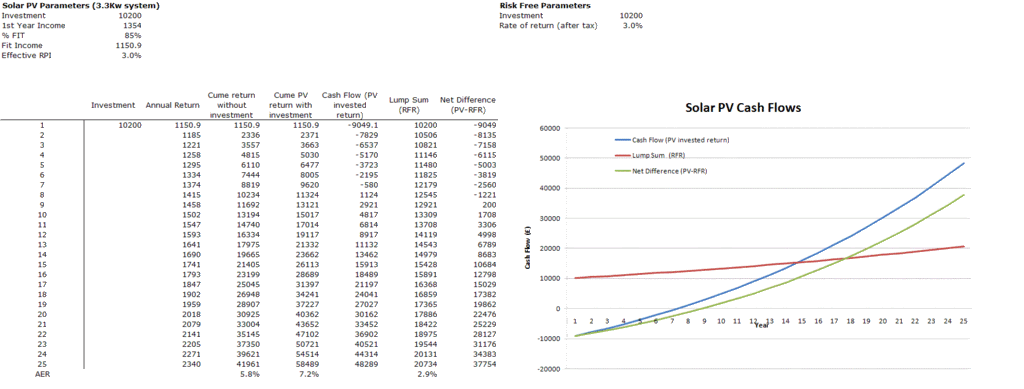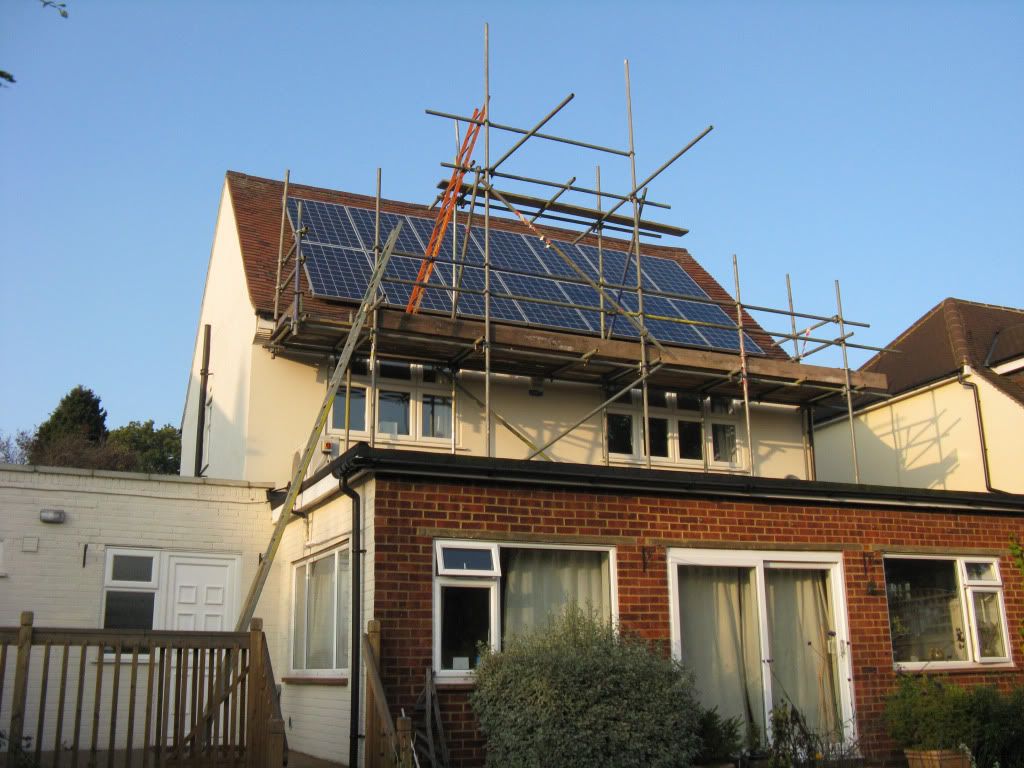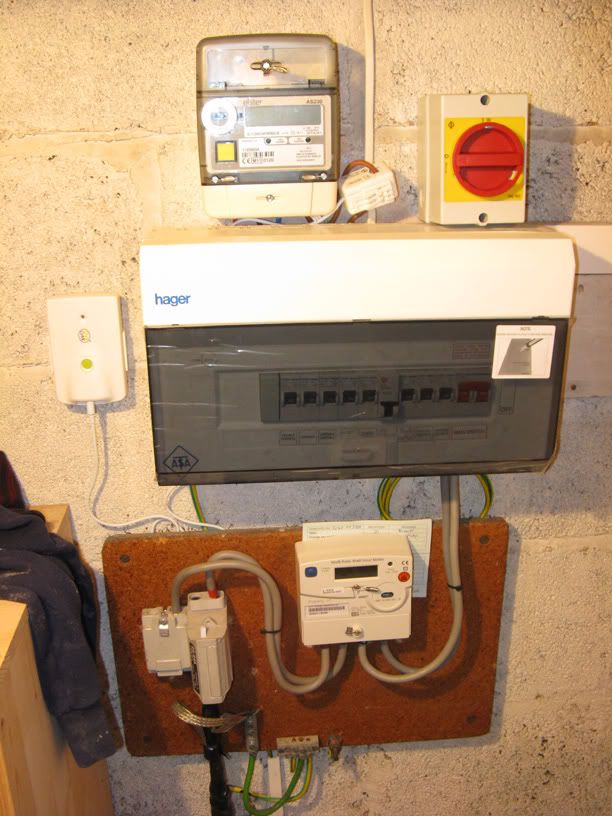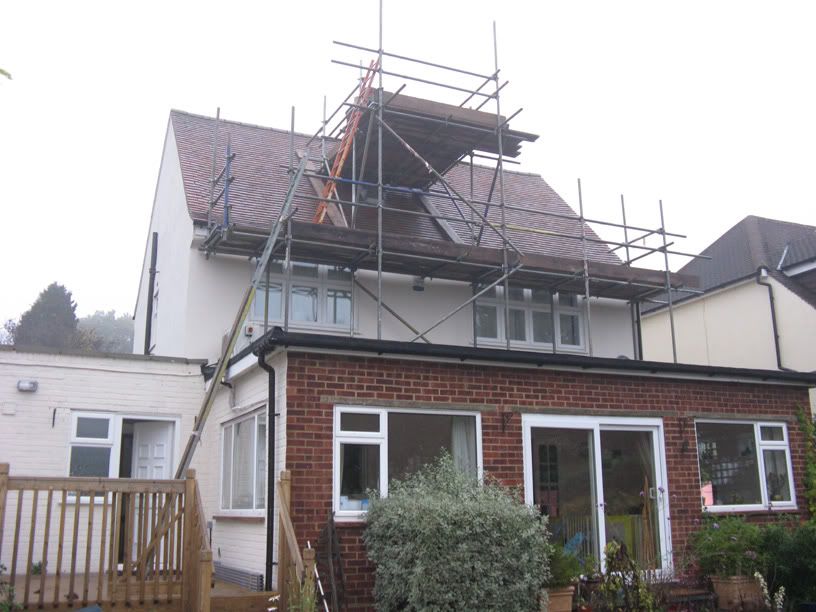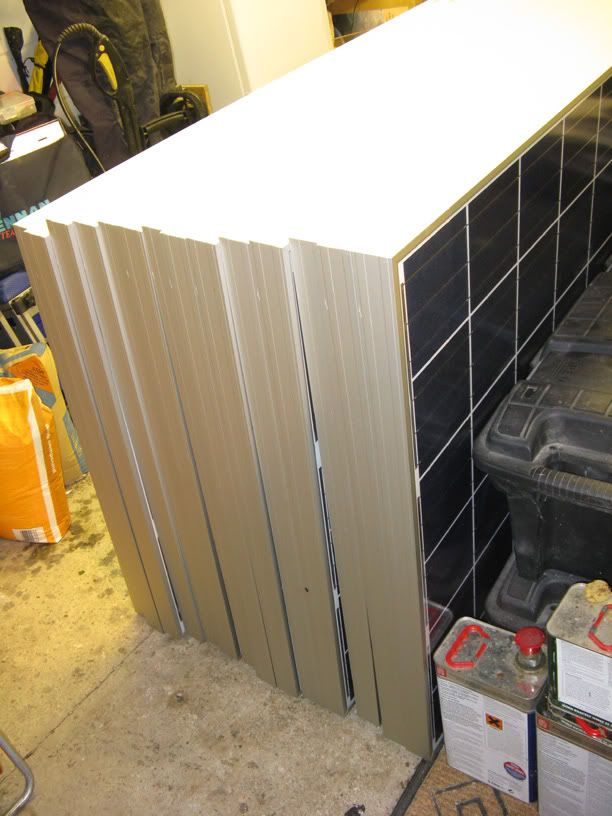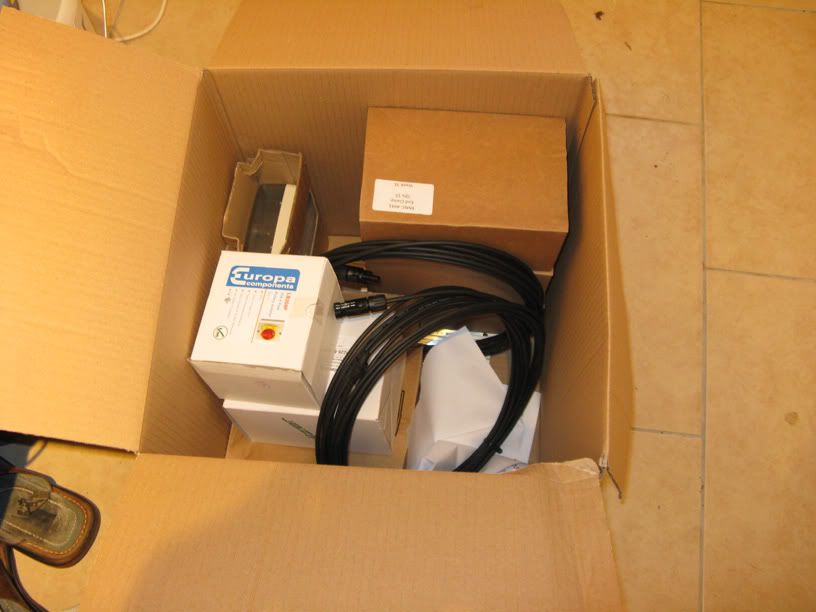Day 4: Sunday, Nov 13th
Today the 8am start wasn’t. Again. In fact, it was more like 9am. I can understand that, and I can handle it, but why tell me 8am.
They arrived with a new piece of rail. All 5 metres of it. Only, it wasn’t the same as the one already in use, wasn’t compatible with the roof hooks and didn’t match the rail joiners. Not a good start to the day.
They started work on the second rail, installed it, and hung the first panel, then the second, then the third. Then it all went quiet and there were some raised voices. It didn’t seem to measure out correctly.
The original problem, as I later found out, was one of simple mathematics. If you have 7 panels that are 1000mm wide, and between each pair and at each end you need to allow 20mm, how long should each run of mounting rail be?
The answer is = 7 * 1000 + 8 * 20 = 7160mm , so allowing for a bit of waste after fitting, you could get away with 7250mm for each run. Since we required four runs you need approximately 29m worth of rail. The supplier had send 31m, so there was plenty.
Unfortunately the roofers obviously didn’t study at the same school as me. They had worked it out at 8400mm (8.4m per run), which is longer than the roof and this had caused the confusion of yesterday.
Now it had caused the panels to go up in the wrong locations, and the cuts in the wrong places on the rail.
Down came the panels, out came the hacksaw, and off we go again.
Four panels re-fitted and a visual check from below. They were clearly not straight (right hand up a bit). Panels removed and refitted - a whole morning gone a little progress to show for it.
Finally, we started to make progress. By 4pm we had the top line of 7 panels up, and three on the bottom line. But there was still more work to do to finish the job. Extra joiners were required along with quite a few roof tiles to replace some broken in the installation. It would need Monday morning to finish off, and they’d need to source the bits first. We were running into Monday.

